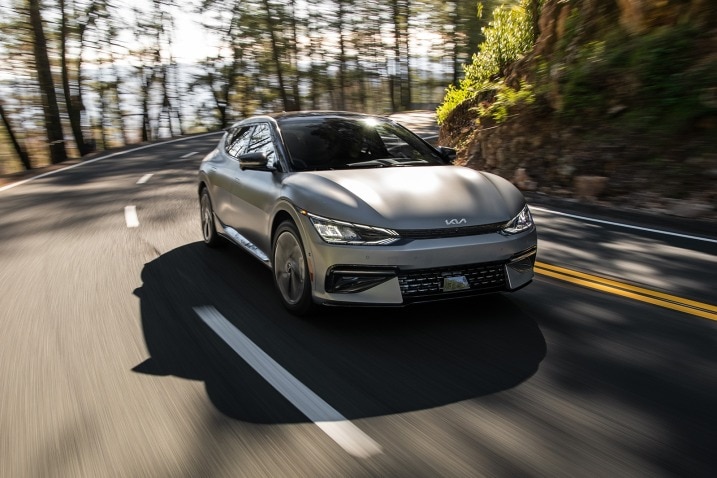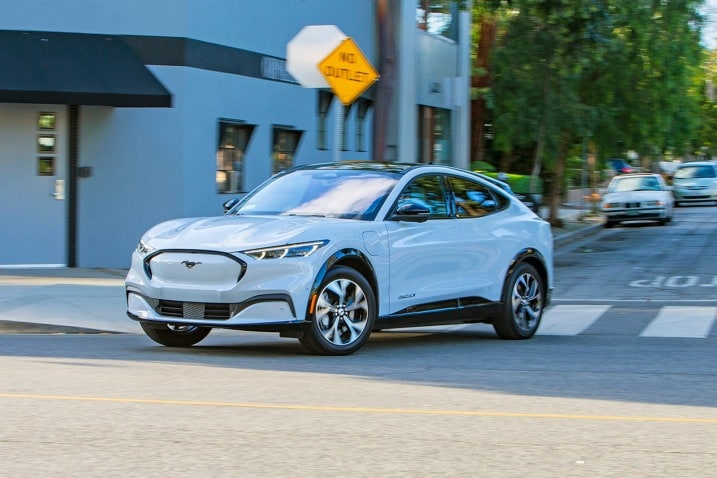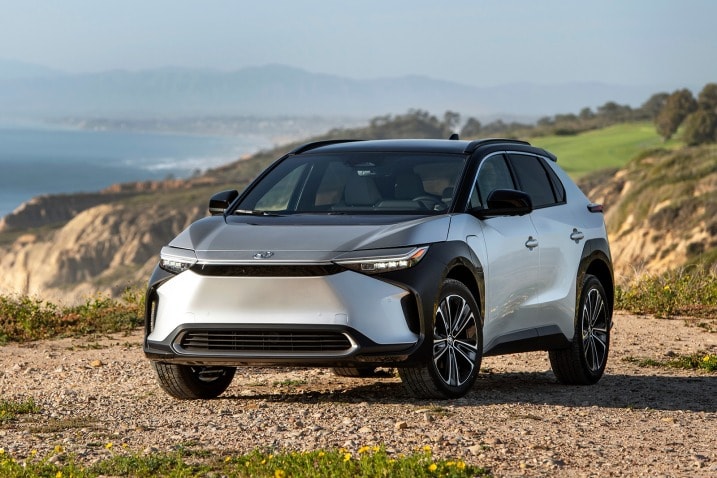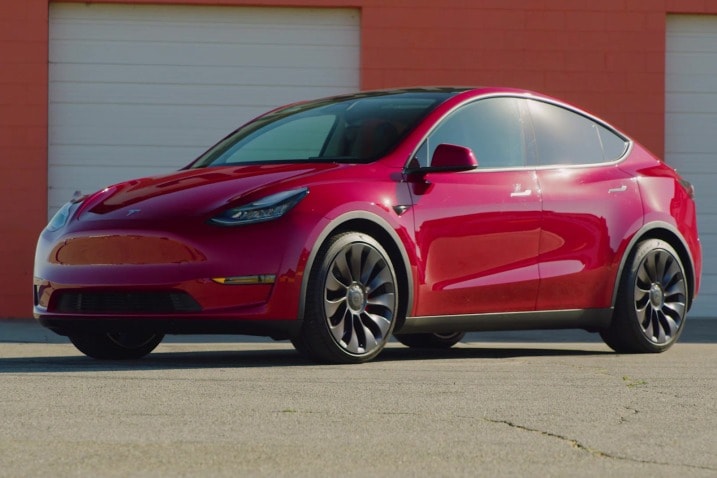Electric vehicle tire maintenance
For the most part, established procedures for tire maintenance on a regular vehicle apply to EVs too.
Differences between electric and conventional tires
It's common for electric vehicles to have specially designed tires. EVs tend to be heavier than their gas-powered counterparts. That's because batteries are dense and heavy, so you need supportive tires to carry all that weight. The second reason is noise. There's no gas engine to drown out the road noise coming off your tires, so most EV tires have a foam inlay to make your highway journey a bit quieter.
Finding the right tires for your electric vehicle
Unless you're looking for something exotic, you'll want to find tires that fit your particular electric vehicle. You can do that by going to a tire shopping website and entering the make and model of your car — so far, nothing has changed. You'll notice one unfamiliar parameter: load index. That's referring to how much weight the tires can bear, so you'll want to check out that information in your vehicle's manual before beginning your tire search. Some conventional tires will fit these parameters, while others will be especially designed for EVs.
Proper tire pressure and rotation
Tire pressure matters to ensure you get the most from your EV's maximum range. Make sure your tires are properly inflated to ensure you aren't leaving any miles on the table. Your owner's manual and the sticker inside the driver's doorsill will tell you how much to inflate your tires. If your car's computer doesn't give you a psi readout, it's a good idea to keep a tire pressure gauge in your glove compartment.
Check to see if your vehicle's service schedule includes tire rotations. A tire rotation, if applicable for your vehicle, can help the tires wear evenly. Because the tires are likely the most expensive wearable parts of your electric vehicle, you'll want to take good care of them.
Cooling system maintenance
We've already talked about the importance of keeping your electric car's battery at the proper temperature. To do that, an EV relies on its cooling system. Most electric vehicles keep their battery cool the same way that gas cars do. Coolant flows through pipes surrounding its battery, keeping the temperature stabilized. But there are exceptions. Some older Nissan Leafs use air cooling rather than liquid cooling, and while that often gets the job done, it can be less effective at maintaining a consistent temperature than a liquid coolant.
Regular maintenance and inspection
If your electric car uses coolant, it won't go through the same stressors as coolant would in a vehicle with an internal combustion engine. But it will still need to be replaced periodically, and you can check your owner's manual for specific intervals. Ford recommends checking the coolant every 12 months on the Mustang Mach-E and F-150 Lightning, while Porsche suggests bundling a coolant check-in on the Taycan with regular maintenance intervals.
Most electric vehicles don't use special electric-vehicle-only coolants, but you should refer to your manual for guidance on what type of coolant to use.
Signs of cooling system issues and repair
As always, pay attention to any information your electric car is giving you on the dashboard or center screen. While some electric vehicles have standard dashboard lights, others are remarkably similar to the computer or smartphone you're reading this on and provide a lot of information about what's going on under the hood. If a problem arises, the car may let you know, giving you some advance warning and additional information before taking it in for service.




